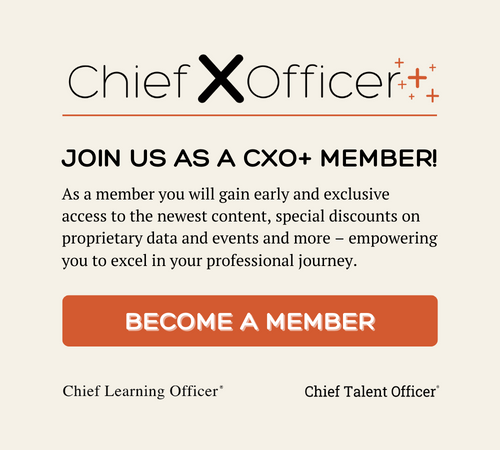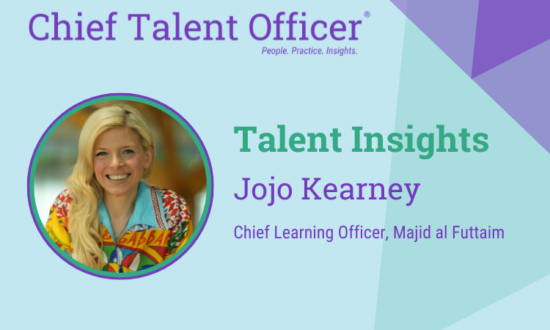Learning leaders who design and implement leadership development programs are faced with a challenge: How to convey the full value of their initiatives to executive leadership when dollar figures and metrics only show so much.
Advocates for ROI suggest learning practitioners have plenty of quantitative data to hang their hats on. They can collect evaluations, cost data, participation rates and leadership assessments.
But much of the comprehensive value of these programs is rooted in the intangible traits leaders acquire, most of which are difficult to measure through numbers or financials. For instance, how might a learning leader measure qualities such as collaboration, reputation or influence?
While advocates for ROI defend their methods as ensuring the worth of leadership development programs, some suggest another return-on metric is equally crucial — return-on-emotion, or ROE.
In other words, use stories.
According to Linda O’Connell, a principal of learning services provider Learnologie LLC, by wrapping ROI metrics with powerful and compelling stories, learning leaders can more potently convey the total value of a leadership development program. Stories help add emotion and drama to ROI, giving that additional bit of business impact that sticks in the minds of C-level executives.
“It doesn’t mean that you throw your data out the window,” O’Connell said. “It’s more about understanding [data’s] value and place.”
The practice of pairing stories with data to drive business impact isn’t entirely new. Bill Baker has been teaching “strategic storytelling” for years through his firm BB&Co Strategic Storytelling. One organization he’s trained on the practice is General Electric Co.
“A story can make that message, that information, that direction that a CEO is giving [and] it can make it real and meaningful,” Baker said.
An advertising veteran, Baker said storytelling is a tool that comes naturally to people, yet most seemingly turn it off when they enter the professional environment. “We, as human beings, we add color, we add depth, we add richness … to exemplify points that we want to make,” he said.
Strategic storytelling, on the other hand, is a defined skill that doesn’t come as naturally — and it is one that all great leaders have, Baker said.
The most effective use of strategic storytelling, Baker added, comes when a leader understands the situation he or she is walking into, the perspectives and messages that need to be conveyed, and has the right stories on hand to captivate the audience and add context and meaning to the metrics being presented.
Baker said Jeff Immelt, GE’s CEO, has been known to have 40 to 50 stories on hand that he pulls from when addressing a business audience.
The key in building up a repertoire of stories to show worth to executive leadership is to collect evidence, said Jack Phillips, chairman of the ROI Institute Inc., an organizational performance consultancy.
Just as learning leaders collect hard data to prove financial ROI, the same should be done with empirical evidence that frames the intangible metrics of a leadership development program. “As we collect data, we’re always looking for anecdotal data,” Phillips said, “and we like to capture that in an interview if we can.”
In the end, however, the most important element once empirical data is collected is finding the best ways to show impact.
“Open with impact” when telling an ROI story, said O’Connell, who recommended a step-by-step process learning leaders can think of in telling their story. “Describe the problem in mentally vivid and emotionally stimulating ways. Describe the solution using credible evidence. Describe the impact to [the] business goals, [and] close with impact and a call to action.”
Stories, when crafted well, help bring meaning to facts. Those who require the most convincing in the C-suite are more likely to see the business meaning when bottom-line impact is paired with a great story.
“I think storytelling is really an ROE thing, in terms of return on emotions,” Baker said. “It is an admittedly murkier pool to be swimming around in. But as human beings, we know it works.”
Frank Kalman is an associate editor of Chief Learning Officer. He can be reached at fkalman@CLOmedia.com.
















